Interviews
Explore More Videos
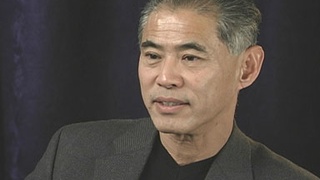
Not fully understanding parents' World War II incarceration while growing up
(b. 1946) Lawyer

An emotional response from mother upon talking about incarceration experience
(b. 1946) Lawyer

Role of the redress movement in helping Nisei to open up about their wartime experiences
(b. 1946) Lawyer
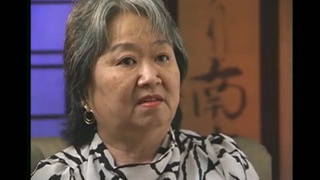
Not recognizing father after reunion at Crystal City, Texas
(1937 - 2021) Teacher


A child's memories of activities at Crystal City, Texas
(1937 - 2021) Teacher

Thoughts on relationship between Japanese Peruvians and Japanese Americans at Crystal City, Texas
(1937 - 2021) Teacher
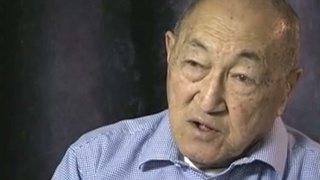
Encountering a train full of Japanese Americans being transported to a concentration camp
(b. 1923) Chick sexer
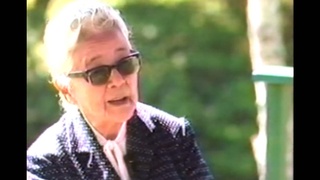
Donating clothes to the Japanese interns (Japanese)
(1900–1996) The mother of Nikkei Brazilian immigration

Interrogation by police (Japanese)
(1900–1996) The mother of Nikkei Brazilian immigration
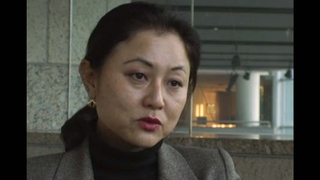
Concentration camp from a Japanese mother’s point of view (Japanese)
Shin-Issei from Gifu. Recently received U.S. citizenship

Sneaking out of the Hastings Park camp during World War II
(b. 1928) Doctor. Former Chair of the Japanese Canadian Redress Foundation.
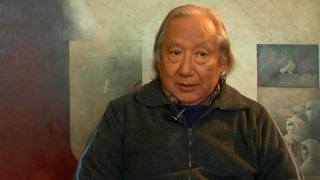
Hiding out to avoid the concentration camps (Spanish)
(b. 1932-2016) Peruvian painter

Closing the Japanese school and deportation (Spanish)
(b. 1932-2016) Peruvian painter
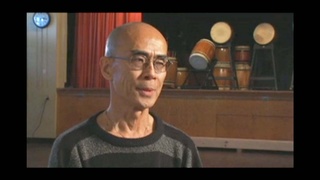

Discover Nikkei Updates
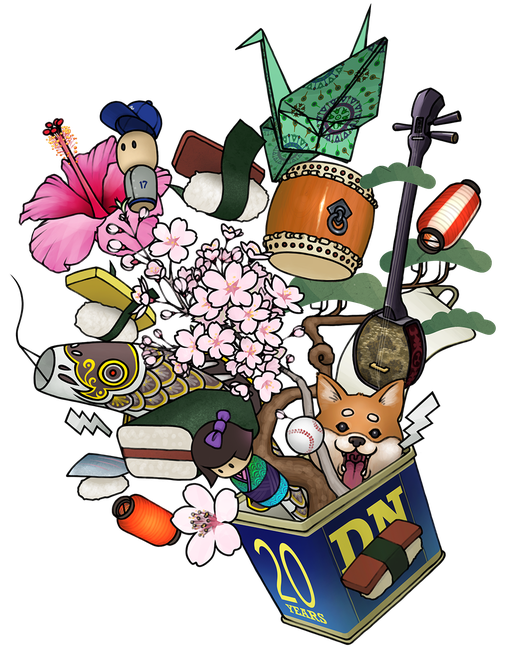


See exciting new changes to Discover Nikkei. Find out what’s new and what’s coming soon!
